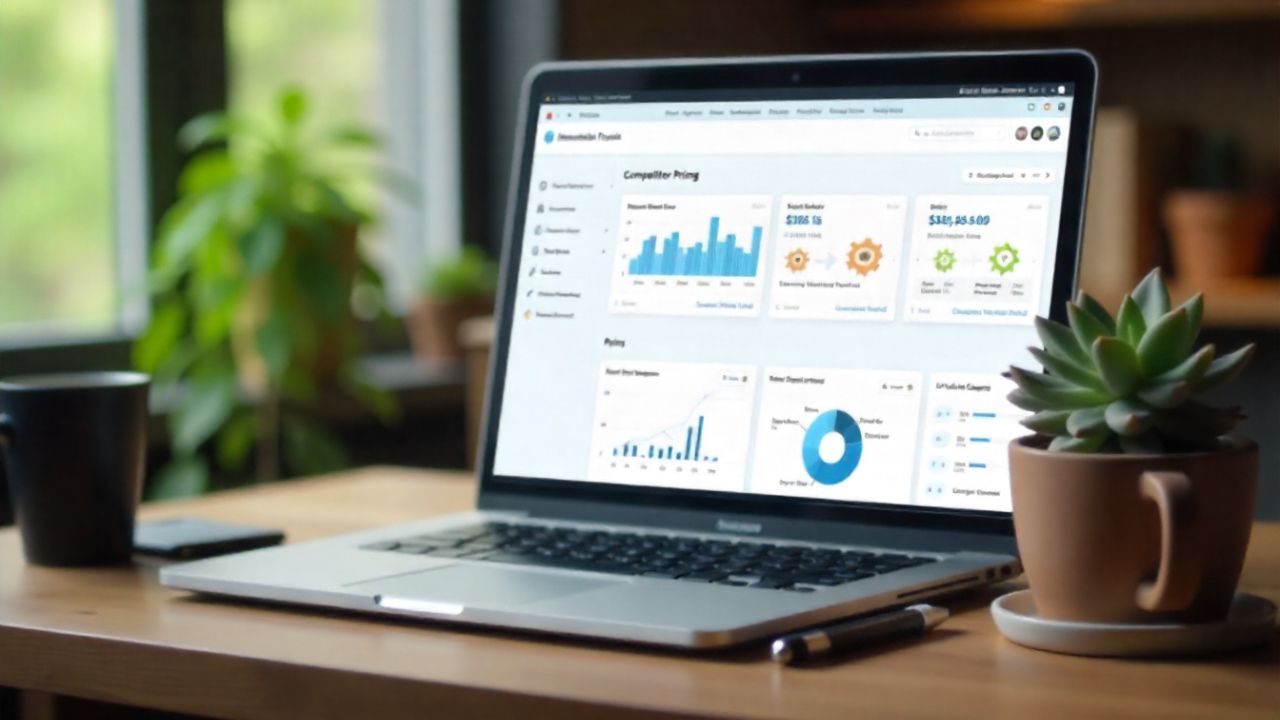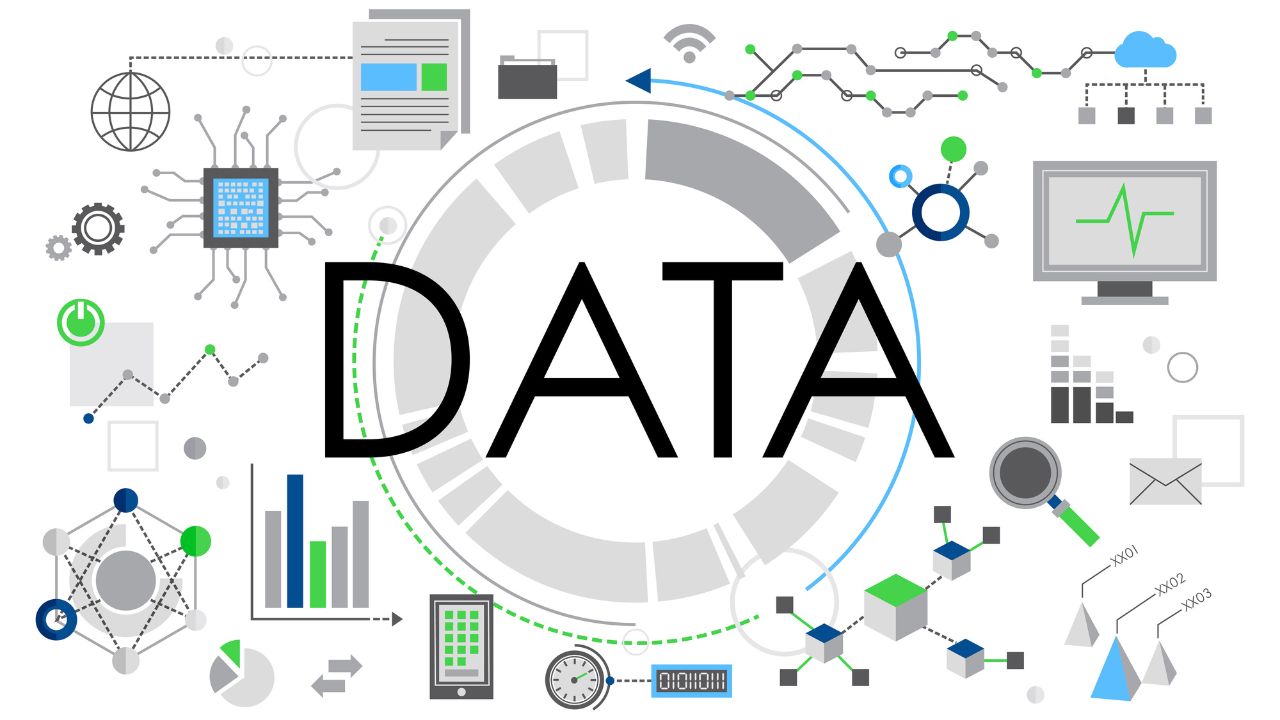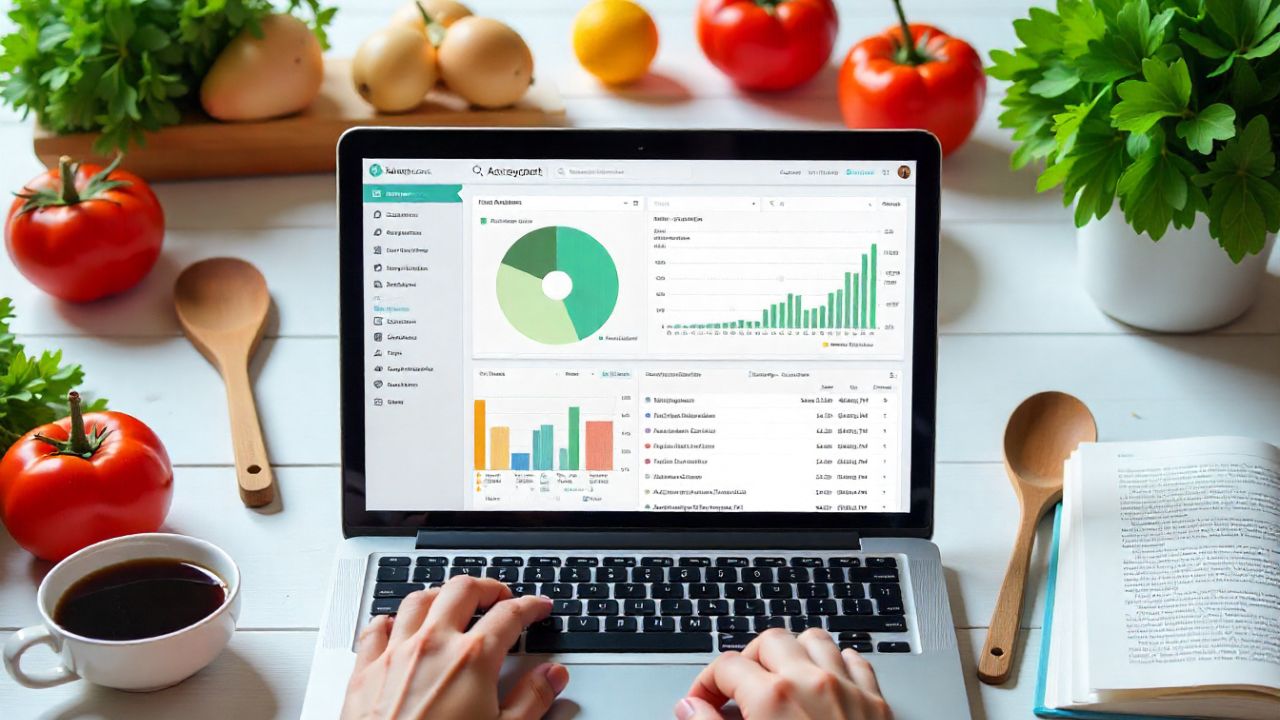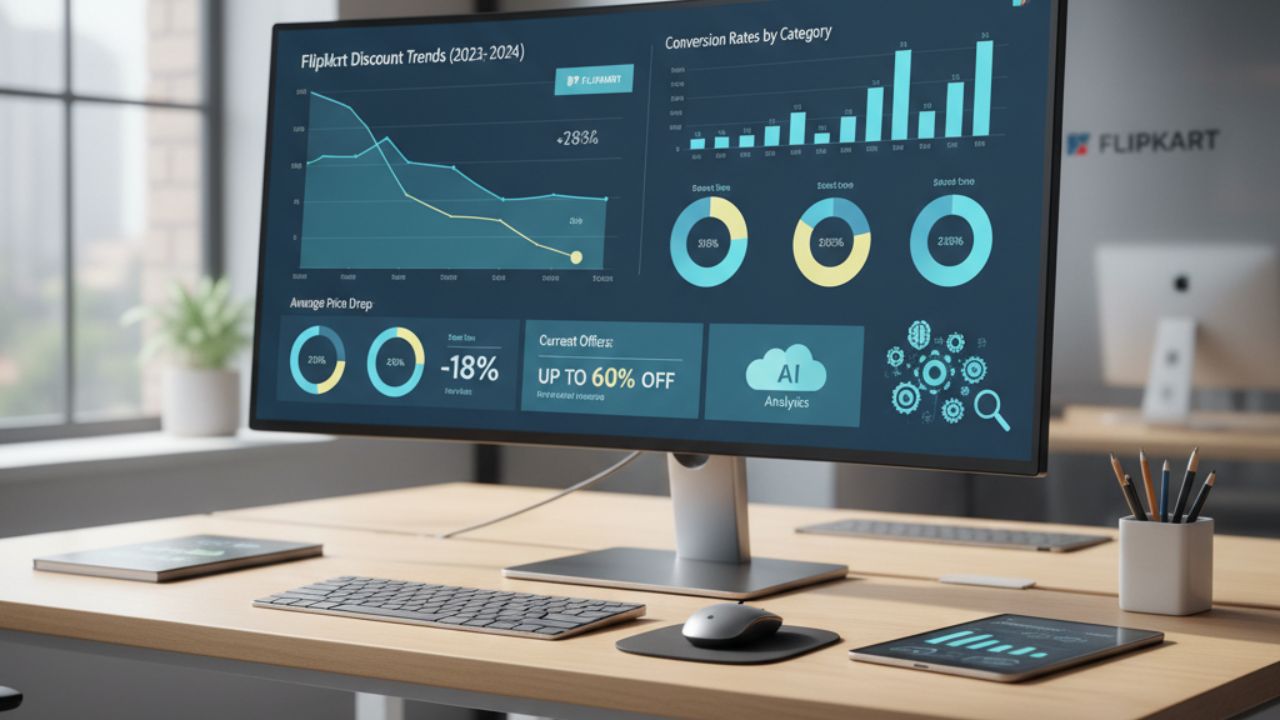Home < Blog < Using Grainger Product Data to Gain a Competitive Edge in Industrial Distribution
Using Grainger Product Data to Gain a Competitive Edge in Industrial Distribution
Posted on: May 01, 2025
Introduction
In the hyper-competitive world of industrial distribution, data is no longer just helpful — it's a strategic asset. Whether you're a regional supplier or a global player, knowing how your catalog compares to market leaders like Grainger can unlock powerful advantages. With access to structured product data from Grainger, you can benchmark pricing, identify assortment gaps, and fine-tune your product strategy like never before.
In this article, we explore how distributors can use Grainger's product dataset to sharpen their edge in a crowded marketplace.
1. Understanding What the Grainger Dataset Includes
The Grainger dataset typically includes:
-
Product titles and categories
-
Detailed specifications (dimensions, voltage, material, etc.)
-
Pricing information (MSRP, unit price)
-
Brand and part numbers
-
Availability and status
This structured, machine-readable format allows for fast comparison and integration with your own catalog or ERP system. If you're looking to explore it further, you can find the Grainger datasets here.
2. Benchmark Your Catalog Against a Market Leader
By mapping your product SKUs against Grainger’s:
-
Identify which key SKUs you’re missing
-
Discover categories where your coverage is thinner
-
Uncover pricing gaps — are you too high, or could you price higher?
This competitive intelligence helps prioritize sourcing and merchandising decisions.
3. Evaluate Product Depth and Spec Coverage
Grainger products often contain a rich set of technical specs. By comparing this with your own listings, you can:
-
See where your spec data is incomplete or shallow
-
Use Grainger’s structure to improve your own taxonomy
-
Improve SEO and conversion rates by enriching your product details
4. Track Market Shifts Over Time
With periodic snapshots of Grainger’s catalog, you can:
-
Monitor price changes across categories
-
Spot new product introductions
-
Identify seasonal inventory trends
This is especially valuable for distributors selling MRO, electrical, HVAC, or safety products.
5. Automate and Scale Competitive Analysis
Once the Grainger data is integrated, you can:
-
Build dashboards comparing you vs. Grainger
-
Set alerts for pricing or product updates
-
Generate automated reports for product managers or buyers
This turns a one-time analysis into a repeatable competitive intelligence pipeline. If you need this dataset delivered on a weekly or monthly basis — with fresh product scans and updates — feel free to contact us.
Conclusion
Grainger isn’t just a competitor — it’s a data-rich benchmark. By tapping into its catalog through a comprehensive dataset, industrial distributors can make smarter decisions, refine their pricing, and expand their product offerings with confidence.
If you're in distribution and you're not using data like this, you're already behind.
Latest Posts
Find a right dataset that you are looking for from crawl feeds store.
Submit data request if not able to find right dataset.
Custom request




